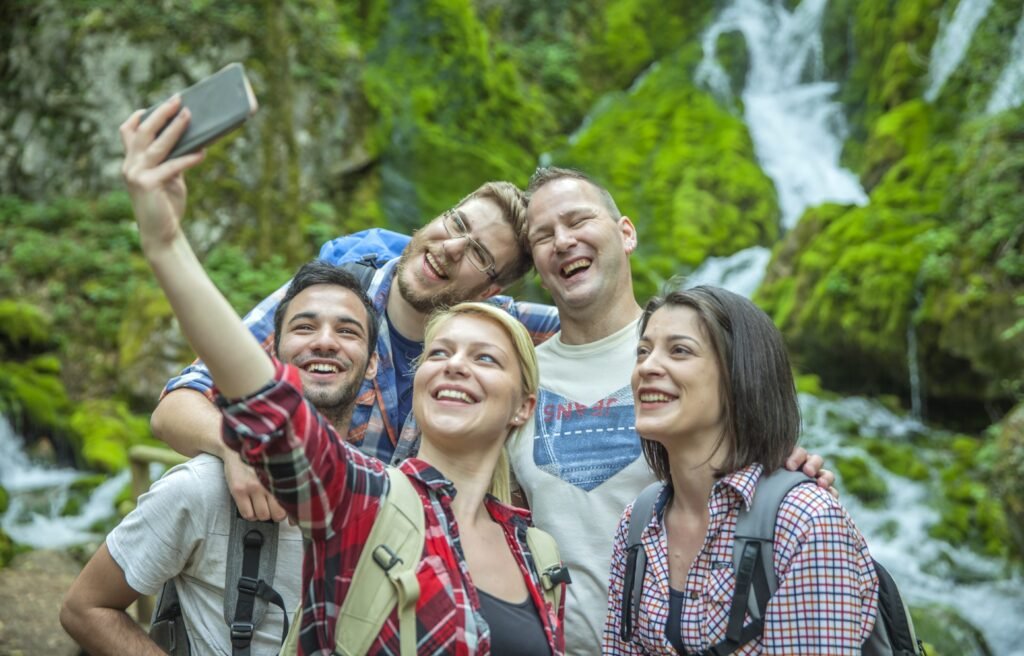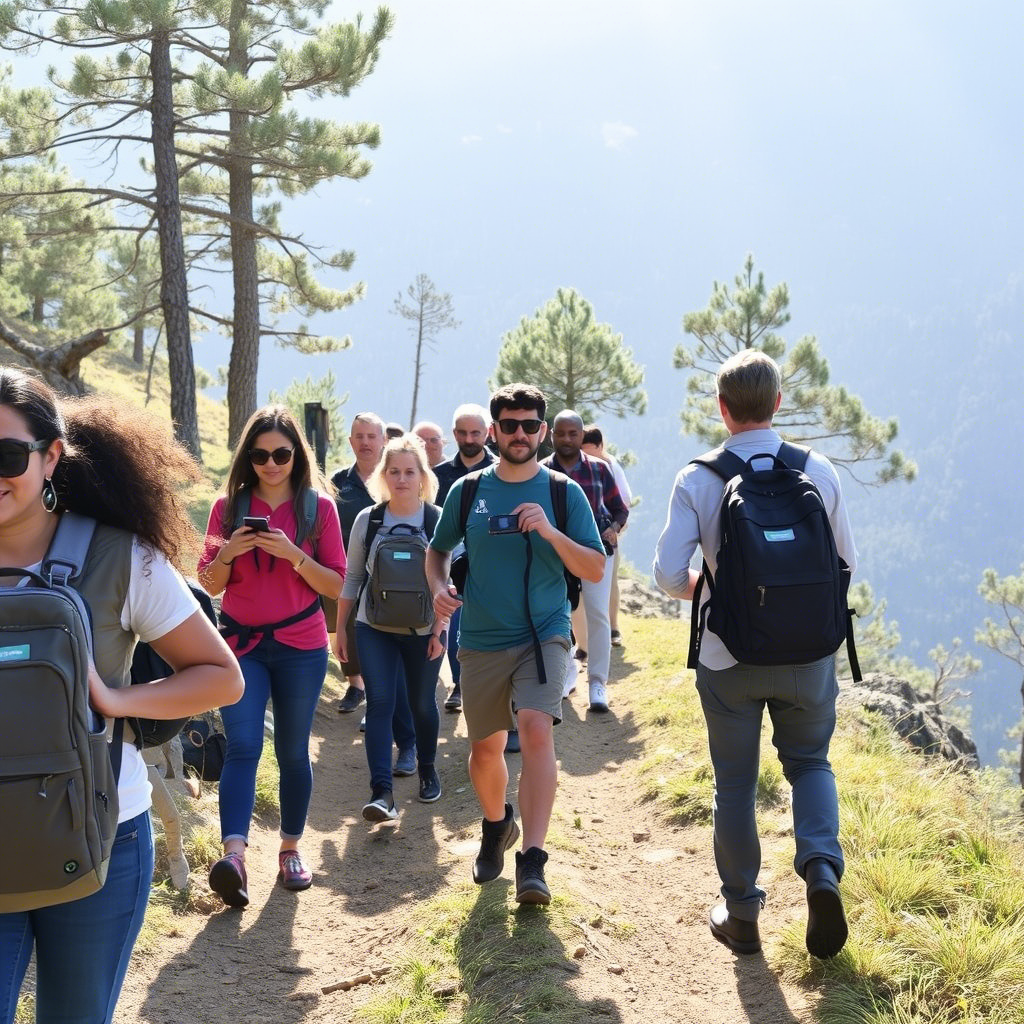Wayfarer Weekly: Sustainable Desert Travel Trends 2025
In this edition of Wayfarer Weekly, we journey into the mesmerizing world of sustainable desert travel trends shaping 2025, where vast arid landscapes meet environmental stewardship and cultural reverence. As travelers seek to explore the stark beauty of deserts while preserving their fragile ecosystems, sustainable desert tourism is evolving to offer low-impact adventures, regenerative practices, and authentic local engagements. Wayfarer Weekly has reviewed recent travel insights, noting a 48% surge in demand for desert trips that prioritize ecological care and community connection. From eco-camps in the Sahara to cultural treks in the Atacama, 2025 redefines desert travel as a blend of awe and responsibility. Wayfarer Weekly guides you through key trends, including sustainable accommodations, regenerative tourism, and tech-enhanced exploration, ensuring your desert journeys are both thrilling and ethical. Whether you’re stargazing in Namibia or learning Bedouin traditions in Jordan, this guide will inspire you to explore deserts with care and curiosity.

Eco-Friendly Desert Accommodations
Eco-friendly accommodations are a cornerstone of sustainable desert travel in 2025, offering comfortable stays with minimal environmental impact. Eco-camps in the Sahara, Namib, or Mojave use solar power, water conservation systems, and biodegradable materials. Wayfarer Weekly highlights that 65% of desert travelers seek accommodations with certifications like Green Globe, ensuring genuine sustainability.
Moreover, glamping sites and eco-lodges in destinations like Jordan or Australia integrate with desert landscapes, avoiding disruption to fragile ecosystems. Wayfarer Weekly advises verifying eco-credentials to ensure your stay supports desert conservation. Transitioning to planning, booking early secures spots at top eco-camps.
Choosing Eco-Friendly Stays
Select camps with transparent sustainability practices. Wayfarer Weekly suggests packing lightweight, eco-friendly gear for desert conditions.
Regenerative Desert Tourism
Regenerative desert tourism is a defining trend in 2025, with travelers participating in projects that restore arid ecosystems. In Namibia, dune conservation programs protect fragile landscapes, while in Morocco, oasis restoration supports local biodiversity. Wayfarer Weekly notes that 60% of desert travelers seek regenerative experiences, such as erosion control in the Atacama or water conservation in the UAE.
Furthermore, these initiatives fund local environmental and education programs. Wayfarer Weekly recommends choosing operators with measurable environmental impacts to ensure your travel contributes to desert preservation.
Joining Regenerative Projects
Book tours with clear conservation outcomes. Wayfarer Weekly suggests supporting local NGOs tied to regenerative efforts.
Cultural Immersion in Desert Communities
Cultural immersion is reshaping desert travel in 2025, connecting travelers with indigenous traditions. In Jordan, Bedouin-led camel treks share nomadic stories, while in Australia, Aboriginal-guided tours explore Outback heritage. Wayfarer Weekly reports that 55% of desert travelers seek cultural experiences for their authenticity, fostering connections with local communities.
Additionally, desert festivals, like Mali’s Festival au Désert or Nevada’s Burning Man, celebrate heritage through music and art. Wayfarer Weekly advises learning cultural protocols to engage respectfully, enhancing your desert experience.
Engaging in Desert Cultures
Join local-led cultural workshops. Wayfarer Weekly suggests researching traditional practices to ensure respectful participation.
Tech-Enhanced Desert Exploration
Technology is enhancing sustainable desert travel in 2025, with apps and devices supporting eco-conscious adventures. GPS apps map trails in deserts like the Gobi or Sonoran, while AI platforms curate sustainable itineraries. Wayfarer Weekly highlights that 50% of desert travelers use tech to plan low-impact trips, from booking eco-tours to monitoring weather conditions.
Moreover, solar-powered devices support off-grid exploration in remote deserts like the Kalahari. Wayfarer Weekly recommends using offline-capable apps for areas with limited connectivity, ensuring tech complements the desert experience.
Using Desert Tech Tools
Download trail apps with offline functionality. Wayfarer Weekly suggests investing in durable, solar-powered chargers for reliability.
Budget-Friendly Desert Travel

Budget-friendly desert travel is accessible in 2025, with destinations like Morocco, Bolivia, or Namibia offering affordable eco-experiences. Community-run campsites and guesthouses provide low-cost lodging, while local markets offer economical dining. Wayfarer Weekly notes that extended stays in budget desert destinations reduce daily costs significantly.
Furthermore, off-season travel to deserts like the Thar or Atacama lowers expenses for tours and accommodations. Wayfarer-Weekly suggests using deal aggregators to find affordable eco-tours and sustainable stays.
Saving on Desert Trips
Book campsites through local platforms. Wayfarer Weekly recommends budgeting for eco-activities to maximize value.
Sustainable Desert Culinary Experiences
Sustainable desert culinary experiences are a growing trend in 2025, emphasizing local, eco-friendly ingredients. In the UAE, restaurants serve dishes with desert-grown dates, while in Peru, Andean-inspired meals highlight sustainable agriculture. Wayfarer Weekly highlights that 60% of desert travelers seek sustainable dining to support local foodways.
Additionally, cooking classes in destinations like Jordan or Namibia teach traditional recipes using eco-conscious methods. Wayfarer-Weekly advises joining culinary tours to learn about desert food traditions, enhancing cultural and environmental appreciation.
Exploring Desert Cuisine
Choose restaurants with local sourcing. Wayfarer Weekly suggests asking about dish origins to deepen culinary understanding.
Solo and Family Desert Travel
Solo and family desert travel is gaining popularity in 2025, catering to diverse explorers. Solo travelers join eco-tours in the Sahara or Outback, balancing independence with group activities. Wayfarer Weekly highlights solo-friendly eco-camps with communal events, fostering connection.
For families, kid-friendly activities like camel rides in Morocco or stargazing in Chile engage all ages. Wayfarer-Weekly recommends choosing deserts with inclusive, sustainable programs for shared enjoyment.
Planning Solo or Family Desert Trips
Book solo tours with social elements. Wayfarer Weekly suggests family activities with educational eco-components.
Wellness in Desert Travel
Wellness-focused desert travel is thriving in 2025, blending arid adventures with relaxation. Meditation retreats in the Mojave or yoga camps in the Thar offer serene environments for rejuvenation. Wayfarer Weekly notes that 55% of desert travelers seek wellness experiences to balance exploration with mindfulness.
Moreover, digital detox retreats in remote deserts like the Gobi encourage travelers to unplug. Wayfarer-Weekly advises scheduling wellness sessions to complement desert adventures, ensuring a holistic experience.
Incorporating Desert Wellness
Choose retreats with mindfulness programs. Wayfarer Weekly suggests journaling to reflect on wellness-focused desert experiences.
Safety in Desert Travel
Safety is a priority for desert travel in 2025, with operators ensuring secure, eco-friendly experiences. Apps provide real-time weather and sandstorm alerts, while travel insurance covers health and cancellations. Wayfarer Weekly highlights safe desert destinations like Jordan or Namibia, known for reliable infrastructure.
Furthermore, certified guides ensure safety during activities like dune trekking or camping. Wayfarer-Weekly recommends carrying personal safety devices, like GPS locators, for remote desert adventures.
Ensuring Safe Desert Travel
Verify guide certifications before booking. Wayfarer Weekly suggests sharing itineraries with trusted contacts for added security.
Community-Driven Desert Tourism

Community-driven desert tourism is thriving in 2025, with local-led experiences supporting cultural and environmental preservation. In Morocco, Berber-guided tours fund community projects, while in Australia, Aboriginal-led walks support local livelihoods. Wayfarer Weekly notes that 60% of desert travelers seek these experiences for their authenticity and impact.
Additionally, community festivals, like those in the Sahara, celebrate desert heritage through music and crafts. Wayfarer-Weekly advises choosing community-endorsed tours to ensure ethical, meaningful engagement.
Supporting Desert Communities
Book with local-led operators. Wayfarer Weekly suggests engaging respectfully to honor desert traditions.
In conclusion, as Wayfarer Weekly concludes this exploration of sustainable desert travel trends for 2025, it’s clear that arid journeys offer a profound blend of adventure, cultural connection, and environmental responsibility. From eco-friendly accommodations and regenerative tourism to wellness retreats and community-driven experiences, sustainable desert travel invites explorers to tread lightly while embracing vast landscapes. Wayfarer-Weekly encourages you to embrace these trends, crafting journeys that preserve deserts and honor local cultures. Stay connected with Wayfarer-Weekly for more inspiration to explore the world’s arid wonders with purpose and reverence.